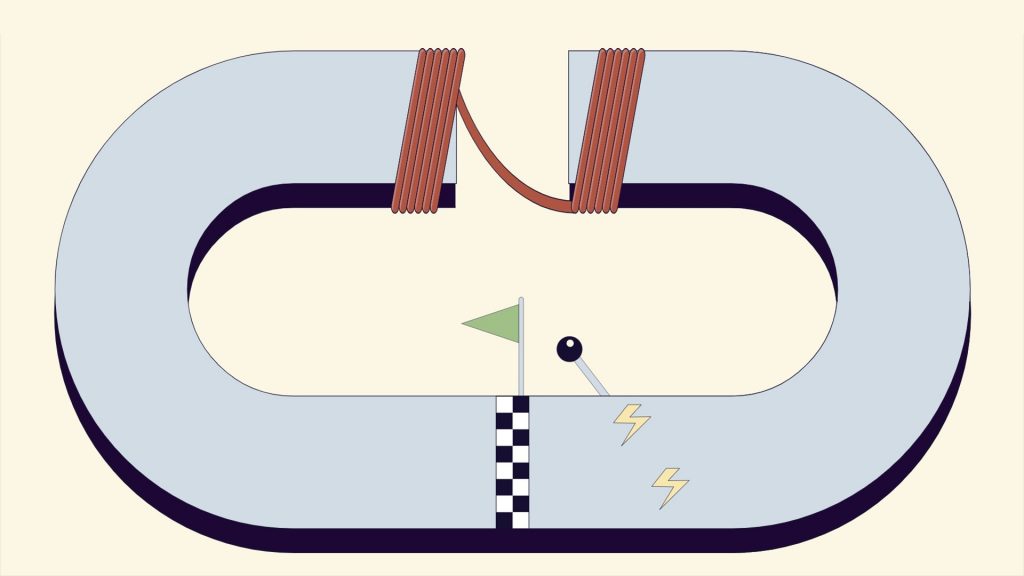Topic
Why do we use electricity?
Electricity powers our world. From heating to transport, from computing to cooking, we couldn’t imagine our modern world without it. Take a close-up look at what electricity really is, and how we use different materials to transport it safely around our community.
Video
A short 3.5 minute video explaining the topic for students.
Why do we use electricity?
A fun and informative introduction to electricity.
Use this video in your lesson or share directly with your students.
Digital Activities
Digital interactive activities can be used in your classroom in conjunction with the video, or independently.
Q&A
This interactive Q&A is designed to quiz students on what they have learned after watching the video.
This is a digital version of the multiple choice PDF worksheet below.
The electron racetrack
A fun drag and drop game, where students place different materials to complete the circuit.
Demonstrates conductors, insulators and the dangers of electrocution.
Worksheets and Classroom Activities
These PDF worksheets can be used in your classroom either in conjunction with the video or independently.
Q&A
This Q&A worksheet is designed to quiz students on what they have learned after watching the video.
This is a PDF version of the digital interactive found above.
Static electricity with balloons
This worksheet has instructions on how to run an independent, practical classroom activity to teach students the basics of static electricity.
Teacher Resources
Teacher notes & worksheet answers
By using the resources available for this topic, your students have the opportunity to learn:
- Electricity powers many things in our home and society
- Electricity describes the movement of tiny particles called electrons
- Electrons move differently in different materials called conductors and insulators
- Electrons race along conductors like a racetrack
- Racing electrons can cause useful effects such as heat, light and magnetic energy
- Electricity can be dangerous causing burns and muscle contractions
This PDF includes:
- Video summary
- Literacy links
- Research tasks
- Curriculum links
- Worksheet answers
Curriculum Mapping
Upper Primary topics are perfect for Australian grade 5 and 6 students and are aligned to Australian curriculums.
Australian Curriculum Science, year 6
Overview. View link
Electrical energy can be transferred and transformed in electrical circuits and can be generated from a range of sources (ACSSU097). View link
Scientific knowledge is used to solve problems and inform personal and community decisions (ACSHE100). View link
Cross curricular priorities: Sustainability.
General capabilities: Numeracy, Literacy, Ethical understanding.
NSW Curriculum Science, stage 3 (years 5 and 6)
Overview. View link
Explains how energy is transformed from one form to another (ST3-8PW-ST).
General capabilities: Numeracy, Literacy.
Victorian Curriculum Science, levels 5 and 6
Overview. View link
Energy from a variety of sources can be used to generate electricity; electric circuits enable this energy to be transferred to another place and then to be transformed into another form of energy (VCSSU081). View link
Scientific understandings, discoveries and inventions are used to inform personal and community decisions and to solve problems that directly affect people’s lives (VCSSU073). View link

